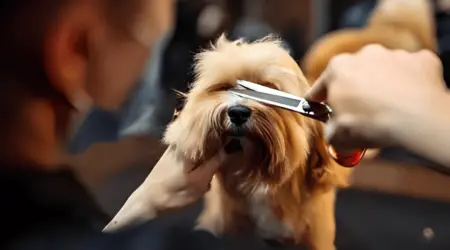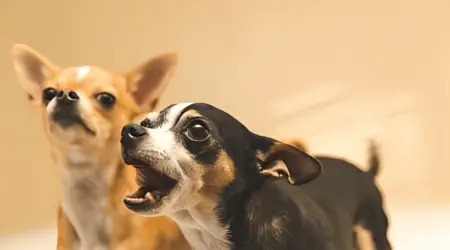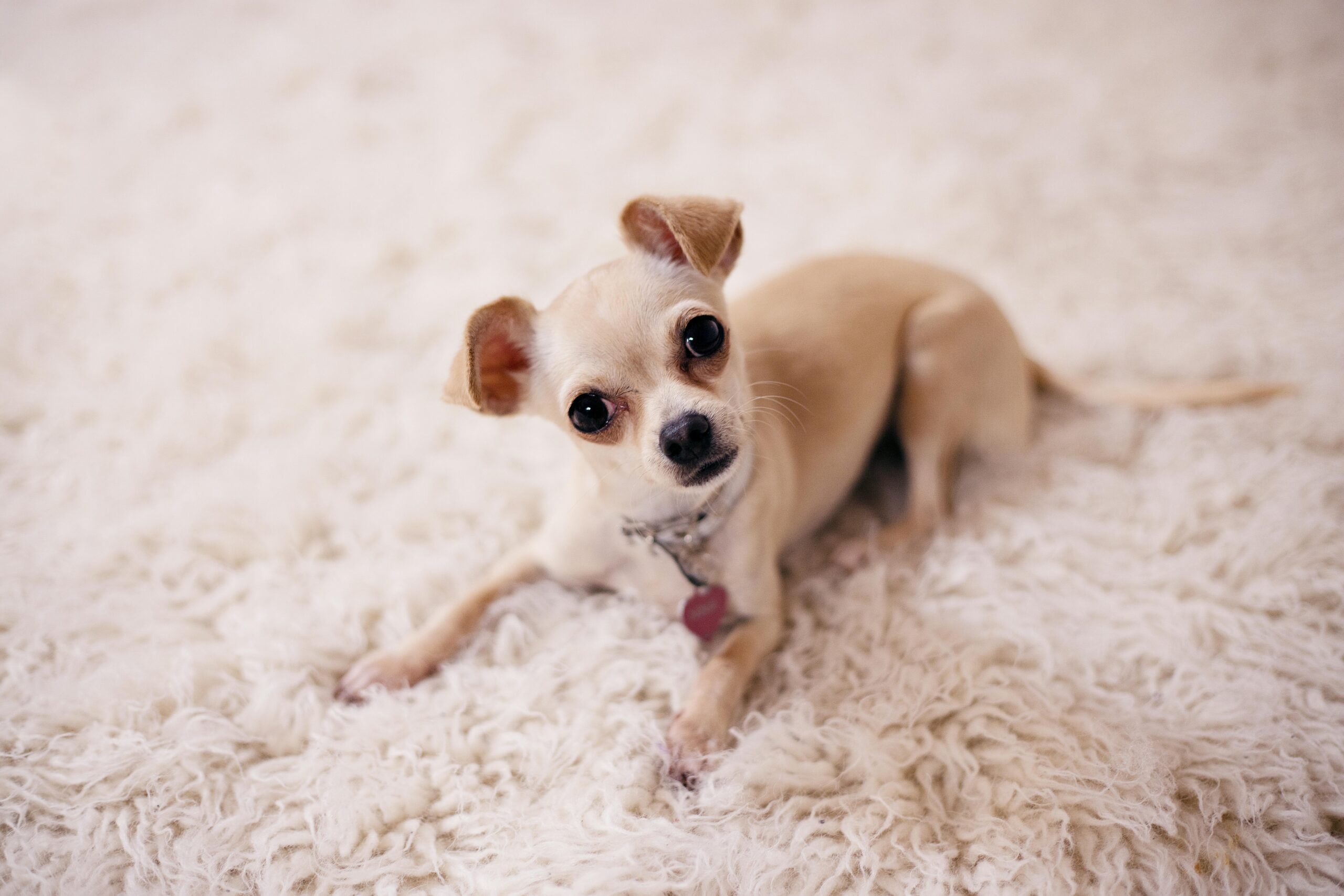Why Is My Husky Shedding So Much? Helps & Guide
Are you constantly finding tufts of fur around your home, wondering why your beloved husky seems to be shedding more than usual? If so, you’re not alone. Huskies are notorious for their heavy shedding, leaving many owners frustrated and perplexed. But fear not, understanding the reasons behind this shedding phenomenon is the first step towards managing it effectively.
In this blog post, we’ll delve into the intricacies of husky shedding, exploring the various factors that contribute to excessive shedding and providing practical solutions to help you keep your husky’s coat under control.
Why Do Huskies Shed?
Huskies are stunning dogs known for their striking appearance and friendly demeanor, but one aspect of owning a husky that many owners find challenging is their prolific shedding. Understanding why huskies shed so much is essential for managing this natural behavior effectively.
- Natural Shedding Cycles: Like all dogs, huskies go through shedding cycles as part of their natural physiological processes. Shedding helps them regulate their body temperature and replace old or damaged fur with new growth.
- Seasonal Shedding Patterns: Huskies are double-coated dogs, meaning they have a dense undercoat beneath a longer outer coat. They shed their undercoat heavily twice a year, typically in the spring and fall, as they adjust to changes in temperature and daylight hours.
- Genetic Factors: Shedding tendencies are influenced by genetics, and huskies are bred to have thick, insulating coats suited for cold climates. While this trait is advantageous in snowy environments, it means they shed profusely to adapt to warmer weather or indoor environments.
- Environmental Factors: Environmental conditions such as indoor heating or air conditioning can also affect husky shedding. Dry air can cause their skin to become dry and itchy, triggering more shedding as their body attempts to remove dead skin cells and alleviate discomfort.

Signs of Excessive Shedding
- Visible Clumps of Fur: If you notice large clumps of fur coming out during grooming or find excessive fur around your home, it could be a sign that your husky is shedding more than usual.
- Bald Patches or Thinning Coat: Excessive shedding may lead to bald patches or areas where the coat appears thin and patchy. This can be a sign of underlying health issues or poor grooming practices.
- Constant Scratching or Licking: Huskies may scratch or lick excessively if their skin is irritated due to shedding. This behavior can lead to further hair loss and potential skin infections if left untreated.
- Changes in Behavior: Excessive shedding accompanied by changes in your husky’s behavior, such as lethargy, loss of appetite, or increased irritability, could indicate underlying health issues or discomfort.
- Visible Signs of Skin Irritation: Redness, inflammation, or flakiness of the skin may accompany excessive shedding, indicating underlying skin issues or allergies.
- Frequent Hairballs: If your husky is grooming excessively and ingesting large amounts of fur, it may lead to the formation of hairballs in their digestive tract, causing discomfort and potential health issues.
Factors Contributing to Excessive Shedding
- Diet and Nutrition: A poor diet lacking essential nutrients can contribute to dull coat, dry skin, and excessive shedding in huskies. Ensure your husky is receiving a balanced diet rich in omega-3 fatty acids, protein, and vitamins essential for coat health.
- Lack of Grooming or Improper Grooming Techniques: Inadequate grooming or using the wrong grooming tools can lead to matting, tangles, and skin irritation, exacerbating shedding in huskies. Regular brushing and proper grooming techniques tailored to your husky’s coat type are crucial for managing shedding.
- Stress and Anxiety: Stressful situations or changes in your husky’s environment can trigger excessive shedding as a physiological response. Huskies are sensitive dogs that may shed more when experiencing anxiety, boredom, or separation anxiety.
- Health Issues or Allergies: Underlying health issues such as hormonal imbalances, allergies, or skin infections can cause excessive shedding in huskies. Common allergens include certain foods, pollen, dust, or fleas. Addressing these health issues with proper veterinary care is essential for managing shedding.
- Environmental Factors: Environmental conditions such as dry air, extreme temperatures, or exposure to harsh chemicals can impact your husky’s skin and coat health, leading to excessive shedding. Providing a comfortable indoor environment and avoiding irritants can help reduce shedding.
How to Manage and Reduce Excessive Shedding
- Regular Brushing: Invest in a high-quality brush designed for husky coats and establish a regular brushing routine. Brushing helps remove loose fur, prevents matting, and distributes natural oils, promoting a healthy coat and reducing shedding.
- Bathing and Grooming: Bathe your husky regularly using a gentle dog shampoo formulated for shedding control. Avoid over-bathing, as it can strip the skin of natural oils and lead to dryness, which may exacerbate shedding. Additionally, use grooming tools such as a deshedding tool or undercoat rake to remove loose fur during grooming sessions.
- Healthy Diet: Ensure your husky is receiving a balanced and nutritious diet rich in omega-3 fatty acids, protein, and vitamins essential for coat health. Consider adding supplements like fish oil or flaxseed oil to their diet to promote healthy skin and reduce shedding.
- Manage Stress: Huskies are sensitive dogs that may shed more when stressed or anxious. Provide plenty of exercise, mental stimulation, and a calm, structured environment to help reduce stress levels and minimize shedding.
- Regular Veterinary Check-ups: Schedule regular veterinary check-ups to rule out underlying health issues that may be contributing to excessive shedding. Your vet can also provide recommendations for managing shedding and maintaining your husky’s coat health.
- Environmental Control: Maintain a comfortable indoor environment for your husky, avoiding extreme temperatures and exposure to harsh chemicals. Use a humidifier to add moisture to the air during dry months, which can help prevent dry skin and reduce shedding.
- Flea and Tick Prevention: Regularly use flea and tick prevention products to protect your husky from infestations, as flea bites can cause skin irritation and increased shedding.
Also Read: How To Deal With Husky Hair In The House: Helps & Guide
Conclusion
In conclusion, managing excessive shedding in your husky requires a combination of proper grooming, nutrition, stress management, and veterinary care. By understanding the factors contributing to shedding and implementing the tips outlined in this guide, you can help minimize shedding and keep your husky’s coat healthy and lustrous.
Remember to be patient and consistent in your efforts, and don’t hesitate to consult with your veterinarian if you have any concerns about your husky’s shedding. With proper care and attention, you can enjoy a beautiful, shed-free home and a happy, healthy husky companion for years to come.












Leave a Reply